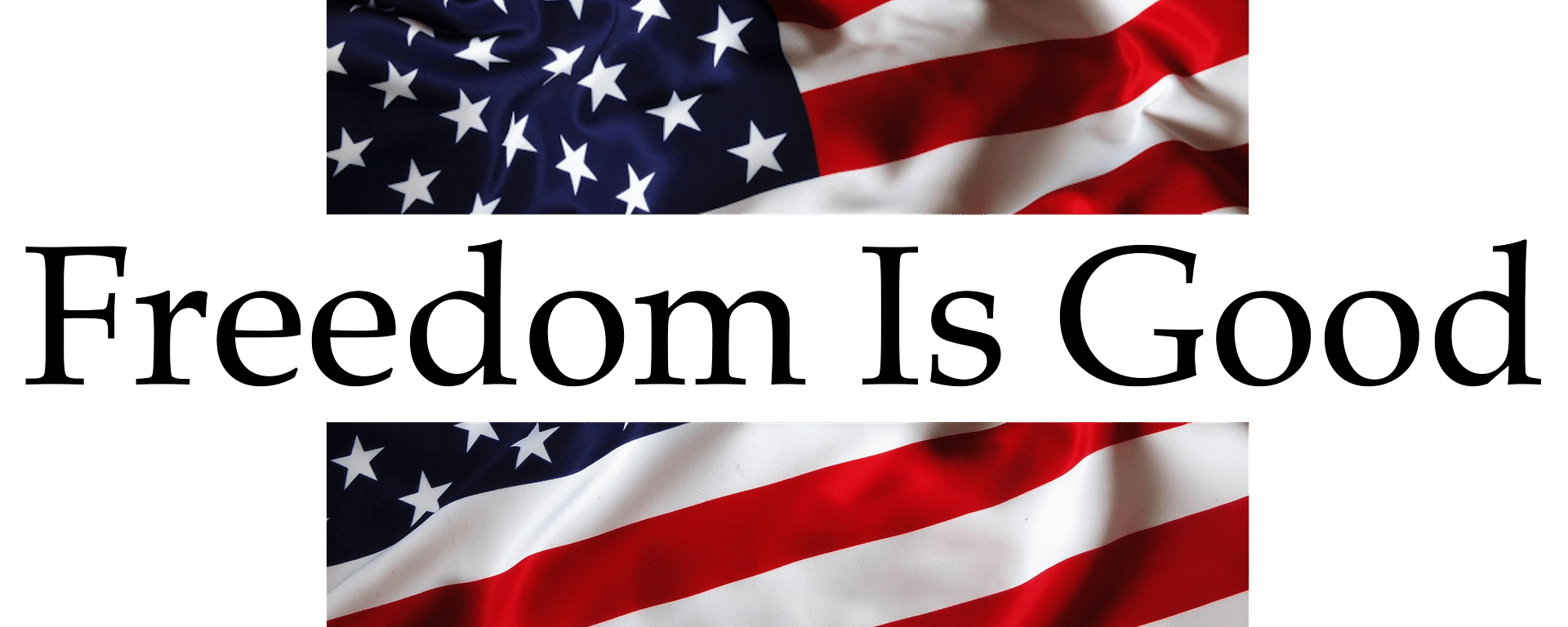The Family Home: From Shelter to Asset to Liability
With the rise of financialized asset bubbles as the source of our “growth,” family home went from shelter to speculative asset. This transition accelerated as financialization (turning everything into a financial commodity to be leveraged and sold globally for a quick profit) spread into the once-staid housing sector in the early 2000s. (See chart of housing bubbles #1 and #2 below).
Where buying a home once meant putting down roots and insuring a stable cost of shelter, housing became a speculative asset to be snapped up and sold as prices soared.
The short-term vacation rental (STVR) boom added fuel to the speculative fire over the past decade as huge profits could be generated by assembling an STVR mini-empire of single-family homes that were now rented to tourists.
Now that housing has become unaffordable to the majority and the costs of ownership are stair-stepping higher, housing has become a liability. I covered the increases in costs of ownership in The Cost of Owning a Home Is Soaring 11/11/24). Articles like this one are increasingly common:
‘I feel trapped’: how home ownership has become a nightmare for many AmericansScores in the US say they’re grappling with raised mortgage and loan interest rates and exploding insurance premiums.
The sums of money now required to own, insure and maintain a house are eye-watering. Annual home insurance for many is now a five-figure sum; property taxes in many states is also a five-figure sum. As for maintenance, as I discussed in This Nails It: The Doom Loop of Housing Construction Quality, the decline in quality of housing and the rising costs of repair make buying a house a potentially unaffordable venture should repairs costing tens of thousands of dollars become necessary.
Major repairs can now cost what previous generations paid for an entire house, and no, this isn’t just inflation; it’s the result of the decline of quality across the board and the gutting of labor skills to cut costs.
Here’s the Case-Shiller Index of national housing prices. Housing Bubble #2 far exceeds the extremes of unaffordability reached in Housing Bubble #1:
Here’s a snapshot of housing affordability: buying a house is now an unattainable luxury for those without top 20% incomes and help from parents.
The monthly payments as a percentage of income are at historic highs:
Property taxes are rising in many locales as valuations bubble higher and local governments seek sources of stable revenues:
Home insurance costs vary widely, but all are skewing to the upside.
As I often note, the insurance industry is not a charity, and to maintain profits as payouts for losses explode higher, rates have to climb for everyone–and more for those in regions that are now viewed as high-risk due to massive losses in fires, hurricanes, wind storms, flooding, etc.
All credit-asset bubbles pop, and that inevitable deflation of home valuations will take away the speculative punchbowl. What’s left are the costs of ownership. As these rise, they offset the rich capital gains that home owners have been counting on for decades to make ownership a worthwhile, low-risk investment.
The deflation of asset bubbles and higher costs are foreseeable, but the magnitude of each is unpredictable. The ideas that have taken hold in the 21st century–that owning a house is a wellspring of future wealth, and everything is now a throwaway destined for the landfill–are based on faulty assumptions, assumptions that have set a banquet of consequences few will find palatable.






